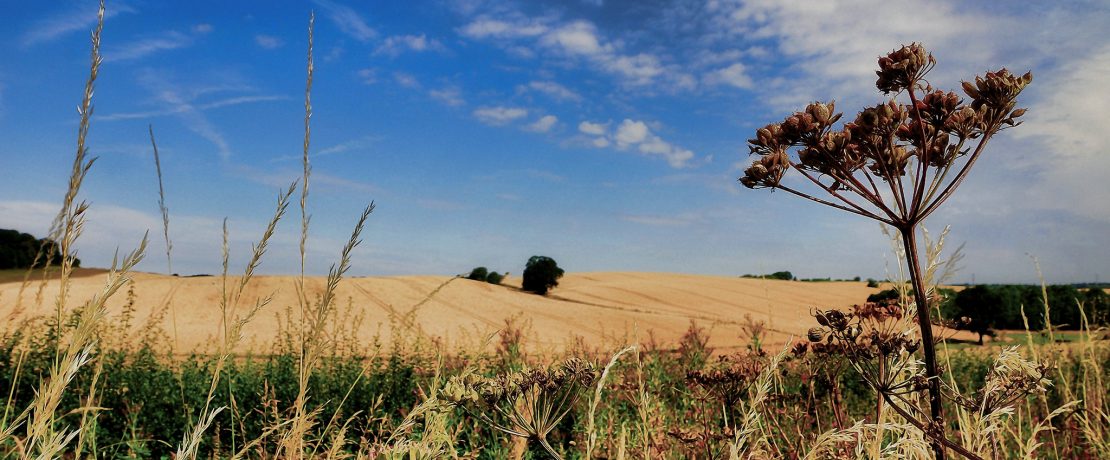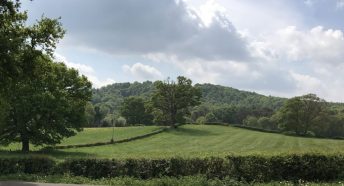Pressure on our Green Belts quadruples – just when we need our green spaces
The latest edition of CPRE’s regular report on our local ‘countryside next door’, the Green Belt, shows that pressures that put it at risk have quadrupled since 2013 – just as a new poll shows how much we value these local treasures.
CPRE’s 2021 State of the Green Belt report shows that right now, there are a quarter of a million homes planned to be built on Green Belt land – a rise of 475% since 2013.
A development on the last remaining medieval meadowland in Kinver was recently approved, after the site was released from the green belt in the Site Allocations Document. At the other end of the county, in Newcastle-under-Lyme, residents are campaigning for a former golf course in the green belt to be kept as public open space as a community asset, rather than sold off for development. The Seven Cornfields, near Wolverhampton, is also under threat of development, despite vociferous opposition from local residents, councillors and local MPs.
Right alongside this worrying news, a CPRE poll of adults across the country shows that two-thirds of adults think that protecting and enhancing our green spaces should be a higher priority after lockdown. This shows just how much communities would suffer if these local patches of green are lost.
Affordable homes: still missing
This land, the areas of green that wrap around our built-up areas, acts as the ‘countryside next door’ for 30 million of us. It’s no surprise that quality time in these much-loved local areas is more in demand than ever.
Nearly half of the people that we polled told us that since lockdown started, they’ve been visiting green spaces more (a big jump of 11% since our last poll in April 2020, near the start of the coronavirus breakout).
So the risk of losing these spaces feels more acute than ever – especially as, when homes are so badly needed, our research shows that only one in ten of the proposed new houses in the current plans would be classed as affordable. The new developments that are proposed for these green areas won’t even help us to tackle the crisis in truly affordable homes – an issue that CPRE is passionate about and has campaigned on.
Our lifeline in lockdown
CPRE’s chief executive, Crispin Truman, has commented on the report, calling these green spaces and local countryside our ‘lifeline through lockdown’ and the growing level of threat as ‘extremely worrying.’
Crispin calls on the government to take note of the public passion for green spaces and focus energies on protecting the countryside as they make changes to the rules that govern our planning system.
‘The public is crying out for more access to nature, green space and countryside – it’s time ministers realised this and put people and nature at the heart of their changes to the planning system.’
Nature, people, and previously-used land first
At CPRE, we recognise the urgent need for more affordable homes and argue that the way to do this is to make best use of land that’s been built on previously (sometimes called brownfield land) before even considering development on the Green Belt.
Despite evidence that there’s already enough space on previously used land (known as brownfield) and other land already granted planning permission for the government to reach its housing targets for the duration of this parliament, the government’s current plans for changes to the planning rules would increase pressure on the Green Belt even more.





